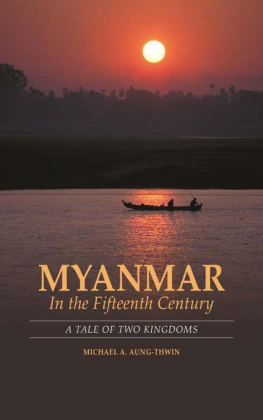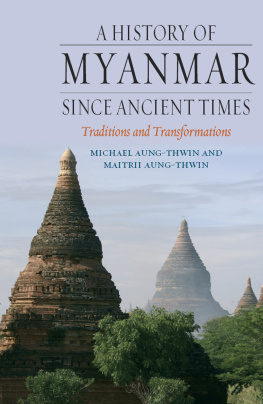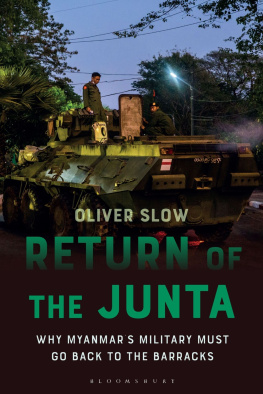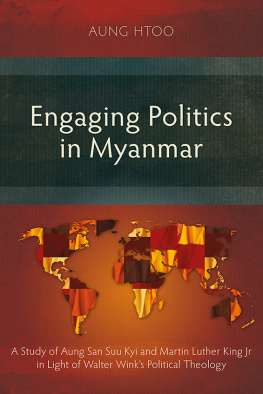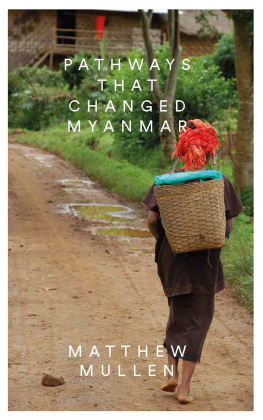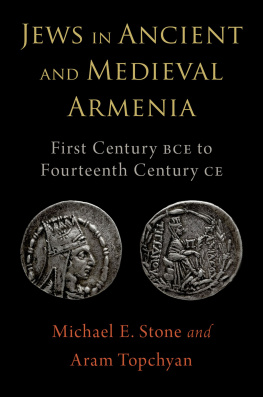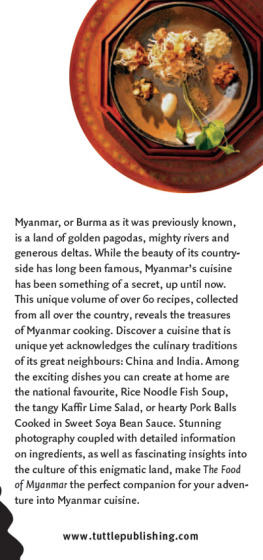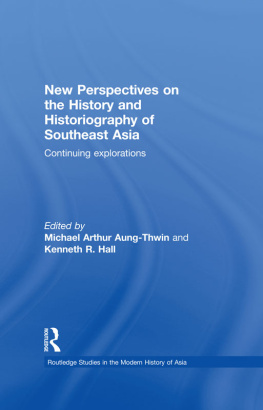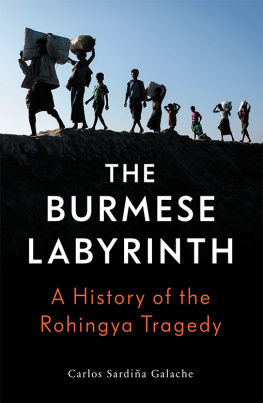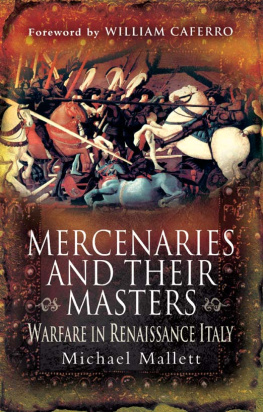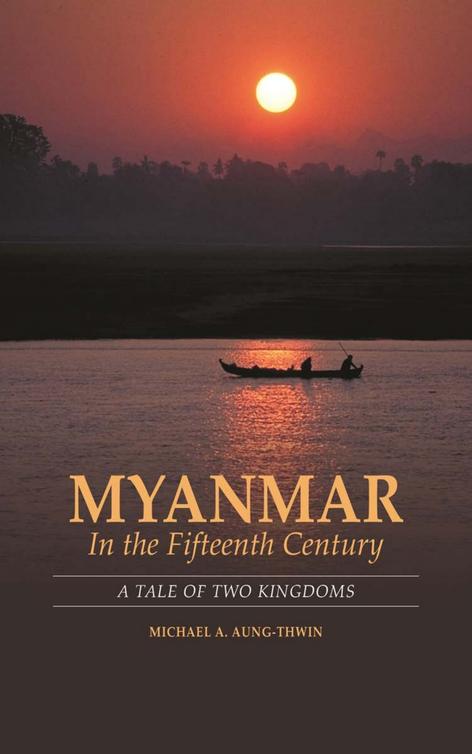The people to whom I am really indebted for this book are those whose works are listed in the bibliography. Yet, there are those whose works are not listedwith whom I have worked out in the gym, corresponded via email, talked on the phone, had meals in places my wife would never go near, and travelled to remote parts of Myanmar despite our best judgmentswho have stimulated my thinking in no inconsiderable way but are not acknowledged here. Of course, I cannot remember them all here but wish to convey my heartfelt thanks to them just the same.
As for institutions, I owe much to the University of Hawaii at Mnoa, my home institution, and the Asian Studies Program, my departmentnot least my academic position, which allows me to conduct research of this nature. But I would also like to thank other institutions for this particular work: both the National University of Singapore and Nanyang Technological University, also in Singapore, for their generous support. The former, in 2009, saw the germ of this manuscript, and the latter, in the summer of 2015, allowed me to fine tune it. Thanks to family usually conclude ones acknowledgments, so in addition to my immediate family here in Hawaii, thanks are also due to my extended ohana, here as well as in other areas of the world, especially Myanmar, Singapore, and the Philippines. x
xi
SOURCES AND ROMANIZATION
The contemporary stone inscriptions (kyauksa) erected during the period under study are the most crucial to the reconstruction of the institutional history of Ava and Pegu and to the verification of the narrative history found in later chronicles (yazawin). More than four hundred inscriptions erected at Ava and approximately a hundred at Pegu survive, counting those that belong to the period of time just prior to, during, and shortly after each dynasty.
Unlike Ava, reconstructing Pegus institutional history from contemporary and original evidence is problematic because of its scarcity; the kingdom simply produced far less original and contemporary source materials than Ava did. Moreover, the most abundant sources about Pegu are actually in Burmese, with a few English translations of original Middle Mon inscriptions and a smattering of short, but firsthand, European accounts of its later stages. Indeed, this paucity of contemporary sources regarding Pegu may be the reason there is not a single scholarly book on its history published in English or Burmese heretofore, especially one that has been reconstructed from original data. Nonetheless, and having been dealt that hand, one does the best one can with it.
In terms of narrative history, I have depended on the standard chronicles called yazawin. But here as well, nearly all of the earliest and most comprehensive ones were written in Upper Myanmar and in Burmese (even those about Pegu and the Mon), supplemented by others that are more focused on individual kings, dynasties, and regions. Similarly verse: whereas many genres were produced by the Ava court in Burmese, I know of none that were produced by Pegu in Mon. Few sittan (revenue, demographic, and cadastral surveys of a statistical nature), thamaing (histories of important events and sites both sacred and secular), and what were then called sayin and/or mawgun (lists, records, censuses) have also survived. Most of them, and the earliest of them, were products of Ava and written in Burmese. All ayedawpon (stories of important people and events) that have survived are in Burmese, and written well after the Ava and Pegu periods, of which the most famous is about King Yazadarit of Pegu and his relations with Ava. Although dhammathat (civil law codes) were said to have been written during the Pagan period, those that have survived appear to be later products, written in Burmese, Pali, or in nissaya (a combination of Pali and Burmese). At least one yazathat (criminal law code) survives today, along with dozens of ameindaw (royal edicts or orders that were used as legal precedents, all of them in Burmese). But since most of these were issued during the eighteenth century, they have only a tangential bearing on this study.
Two things should become clear from the above: the bulk of these sources are in Burmese, nearly all products of Ava rather than Pegu, and for the most part, none of the original and contemporary epigraphs is new to Myanmar historians. xii They are in large measure the same as those I used in Mists (2005) and Myth (1998), although about forty new inscriptions have been discovered since Myth was published and only one since Mists. Some of these have added information to Avas history but none to Pegus. So also the chronicles and other similar literary sources written on more perishable media; they have been known for quite a while even though some of their translations have been done only recently, which I deal with in their respective sections.
I have also used a small, select group of unpublished secondary sources that are close to being primary or important to the present topic in other ways. These include dissertations that touch on this period of Myanmars history or address some of the issues important to this book, as well as several expository articles that have used primary sources or are pertinent to this study in other important ways. These are cited where appropriate and are included in the bibliography.
In terms of published secondary works, there is very little written on Ava and Pegu, hence the paucity of engagement with these. Certainly, none has invalidated the central conclusions I had previously made on Ava or Pegu, so that both conventionsthat Ava was a Shan period and that Pegus foundations lay in a Mon kingdom called Ramannadesa that existed in Lower Myanmar prior to the decline of Paganmust remain in the realm of mythology and hagiography until proved otherwise by original evidence. A synopsis of each convention and its critique is given in its respective section in the present study.
I have kept to a minimum citations of primarythat is, original and contemporarysources. I do not note every page and line number of every inscription every time I make a reference to the inscriptions unless it is a remark about a specific event, date, or individual. Similarly when I refer to the chronicles, unless it is a reference to a specific event or individual, it is left without a citation. Of course, information obtained from published secondary works and quotes from them are noted in the usual manner following standard stylistic practices.

